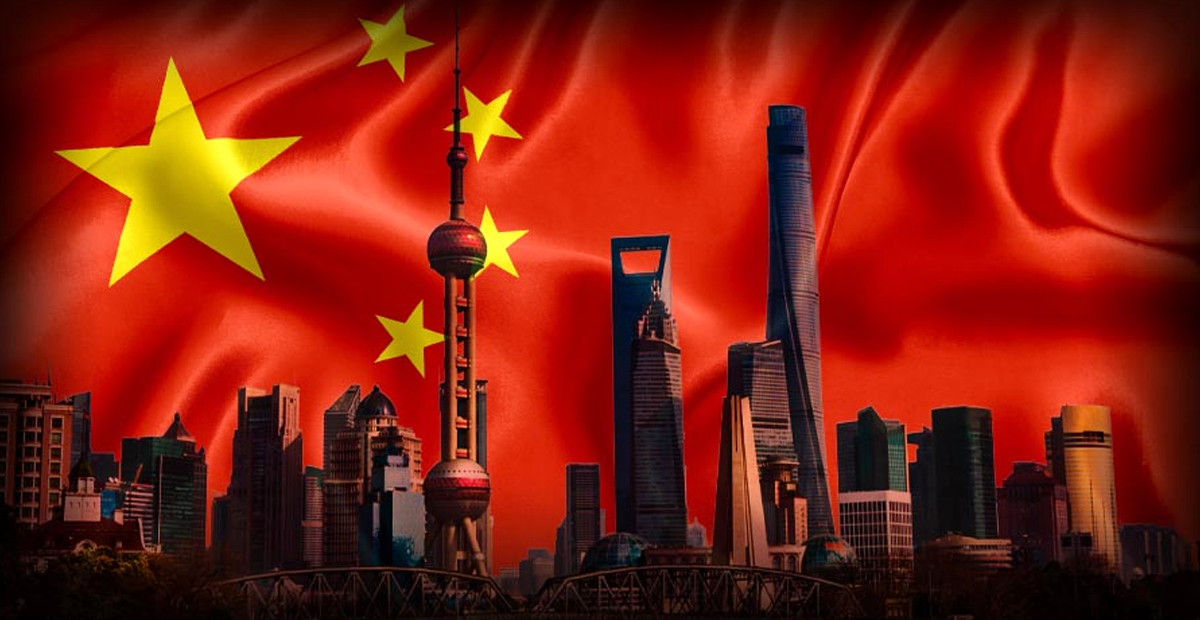China’s Exports and Imports Rebound, Indicating Demand Recovery
China’s exports and imports exhibited growth in April, rebounding from previous contractions and signaling a positive shift in domestic and international demand, which could bolster the nation’s unsteady economic revival.
According to recent customs data, this improvement is largely attributed to a series of policy support measures implemented over the past months, aimed at stabilizing fragile investor and consumer confidence.
Data revealed that shipments from China increased by 1.5% year-on-year in April, aligning with economic forecasts and marking a recovery from a 7.5% decline in March—the first drop since November.
April’s imports surged by 8.4%, significantly surpassing expectations of a 4.8% increase and reversing a decrease of 1.9% from March. This resurgence in trade figures suggests that policy interventions are starting to positively impact the economy.
Zhang Zhiwei, chief economist at Pinpoint Asset Management, highlighted that despite weak domestic demand contributing to deflationary pressures, it has inadvertently enhanced China’s export competitiveness, making exports a key driver of economic stability this year. However, broader economic indicators such as consumer inflation, producer prices, and bank lending from March indicate potential volatility in maintaining this momentum. Additionally, the ongoing property crisis continues to pressurize the economy, sparking debates on the necessity for further policy stimulus.
In response to these challenges, the Politburo of the Communist Party announced last month its commitment to fortifying economic support through prudent monetary measures and proactive fiscal policies. These include adjustments to interest rates and bank reserve requirement ratios to foster growth. Despite these efforts, and a set economic growth target of around 5% for 2024, analysts remain skeptical about achieving this goal without substantial additional stimulus.
The past year has been challenging for Chinese exporters, as rising global interest rates dampened international demand. With central banks in developed nations like the Federal Reserve showing little intention to reduce borrowing costs soon, Chinese manufacturers could face ongoing difficulties in securing international market share. To mitigate these pressures, exporters are reportedly reducing prices to sustain sales, particularly in industries plagued by overcapacity, which is expected to continue suppressing export prices in the months ahead.
Furthermore, as Chinese firms increasingly invest overseas to circumvent potential U.S. sanctions, exports of industrial inputs such as chemicals, fabric, auto parts, and electrical machinery are expected to rise, according to Dan Wang, chief economist at Hang Seng Bank China.
Concluding the analysis, China’s trade surplus expanded to $72.35 billion in April, up from $58.55 billion in March, although slightly below the projected $77.50 billion. This indicates a robust recovery in trade dynamics, reflecting the complex interplay of global economic conditions and domestic policy effectiveness in shaping China’s economic trajectory.

.webp)




